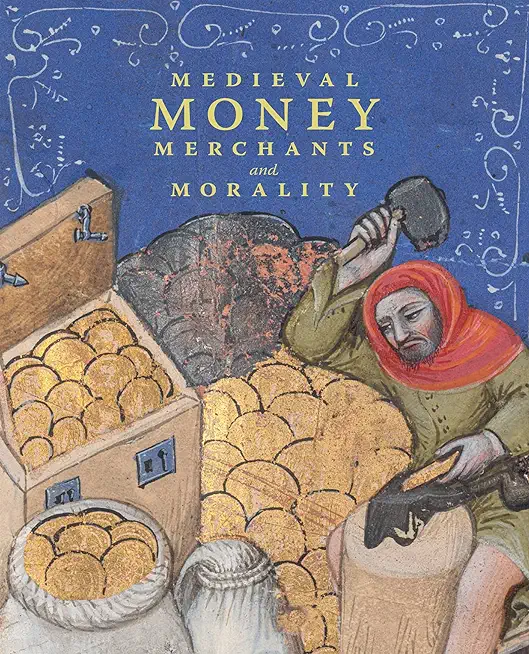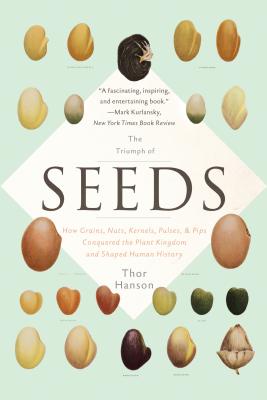
The rise of the monetary economy transformed every aspect of medieval Europe, including its values and culture. Medieval Money explores the ways art reflected and reinforced the complex ethical discussions that developed from the widespread role of money in everyday life in the Middle Ages. It traces the origins of global money, and surveys economic history, focusing on the environment, the plague, Jews, and institutions, using a wealth of imagery including illuminated manuscripts, coins, artworks, money chests, and account books.
The iconography, minting, and foreign exchange of coins are examined, and the choice that Christians faced is investigated: should they save their money or their soul? The authors explore images of Avarice, the greedy punished in hell, and immoral ways to earn and spend money, and analyze representations of charity and voluntary poverty. Final chapters examine the material culture of the monetary economy (from an illuminated oath for minters to purses and lockboxes) and images of medieval money management.







